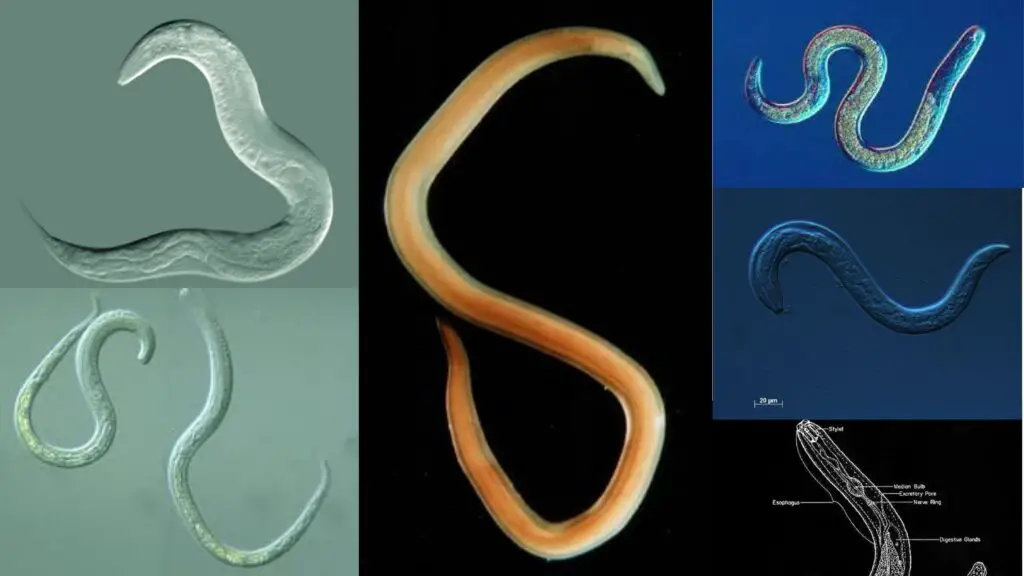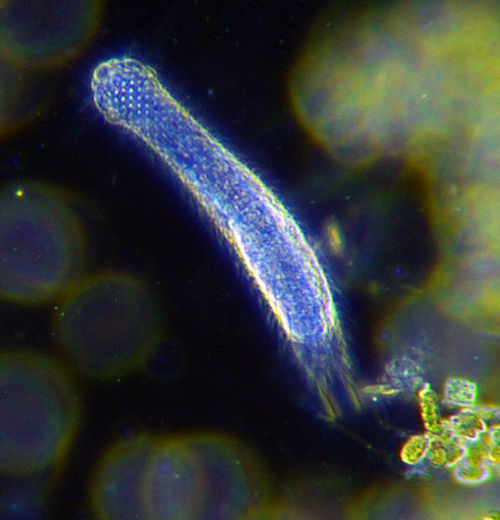The animal kingdom is full of fascinating and diverse life forms, and one such important group is the phylum Aschelminthes, also known as Nemathelminthes. Though small in size, these creatures are incredibly significant due to their role in ecosystems, human health, and scientific research. Let’s explore their world in a simple, engaging way.
What is phylum Aschelminthes?

Phylum Aschelminthes are tiny, worm-like animals that you might not see every day, but they are literally everywhere in the soil beneath your feet, in freshwater ponds, and even inside plants and animals (sometimes, unfortunately, including humans!). These animals are mostly known as roundworms, and they are distinct for having a body that’s not segmented like earthworms, but smooth and cylindrical tapering at both ends.
Although the term “Aschelminthes” used to be considered a phylum, modern taxonomy often splits it into multiple phyla like Nematoda, Rotifera, and others. Still, it’s useful to study them together because they share many similar features.
Summary of phylum Aschelminthes
- Phylum Aschelminthes is home to tiny, round-bodied worms that may be small in size but huge in impact.
- Found in soil, water, and even inside living organisms, they help recycle nutrients and sometimes cause serious diseases.
- From shaping ecosystems to unlocking secrets in science, these hidden creatures are nature’s quiet powerhouses.
Table of Contents
General Characteristics of Phylum Aschelminthes
Body Shape: These worms are long, thin, and round in cross-section hence the name “roundworms.” Their bodies taper at both ends and are unsegmented, meaning they don’t have body parts separated like insects or annelid worms.
Symmetry: They are bilaterally symmetrical meaning if you cut them down the middle, both sides would look the same.
Body Layers: They are triploblastic, which means they develop from three cell layers ectoderm, mesoderm, and endoderm just like humans and other complex animals.
Body Cavity: Aschelminthes have a pseudocoelom, which is a type of body cavity that’s not fully lined with mesoderm tissue. This cavity helps in transporting nutrients and gives their body some firmness.
Cuticle Covering: Their body is protected by a thick, flexible cuticle kind of like a stretchy raincoat which they shed as they grow.
Digestive System: Unlike simpler animals, Aschelminthes have a complete digestive system with a mouth at one end and an anus at the other. This allows for efficient, one-way digestion of food.
Breathing & Circulation: They don’t have lungs or a heart. They rely on simple diffusion to exchange gases and transport nutrients throughout the body.
Excretion: They use simple structures like excretory canals or specialized cells (like flame cells in some species) to remove waste from their body.
Nervous System: A basic nervous system helps them sense and respond to their environment. They have a nerve ring near the head and longitudinal nerve cords running down their body.
Reproduction: Most species are dioecious, meaning males and females are separate individuals. In some species, males are smaller than females. Fertilization is usually internal, and development may be direct or involve larval stages.
Classification of Phylum Aschelminthes (or Nemathelminthes)
The major groups (or classes) that fall under Phylum Aschelminthes . Each class has its own interesting features:
1. Class Nematoda (Roundworms)

These are the most well-known. They can be free-living or parasitic. Some common examples include:
- Ascaris lumbricoides (causes ascariasis in humans)
- Wuchereria bancrofti (causes elephantiasis)
- Enterobius vermicularis (pinworm, causes itching)
2. Class Rotifera (Wheel Animalcules)
Tiny aquatic animals mostly found in freshwater. They have a unique ciliated structure (called corona) that looks like spinning wheels, which they use for movement and feeding.
3. Class Gastrotricha

Microscopic creatures that live in aquatic environments. They have hair-like structures on their ventral side which help them glide.
4. Class Kinorhyncha
These are marine worms that burrow in mud. They have spiny bodies and are segmented externally, though not internally.
5. Class Nematomorpha (Horsehair Worms)
Long, thin worms that often look like strands of hair. Larvae are parasitic in insects, while adults are free-living in water.
6. Class Acanthocephala (Spiny-headed Worms)
Internal parasites that have a spiny, retractable proboscis which helps them attach to the intestines of their host.
7. Class Gnathostomulida
Tiny marine animals that live in sand and have jaw-like structures used for feeding.
8. Class Priapulida
Marine worms with a large proboscis that they use to burrow into mud or sand. They are found mostly in cold water habitats.
Where Are They Found?
- Free-Living Species: Found in soil, freshwater, and oceans. They help break down organic matter and recycle nutrients essential for healthy ecosystems.
- Parasitic Species: Live inside host organisms, including humans, animals, and plants. Some cause diseases like trichinosis, hookworm infections, and elephantiasis.
Why Are Phylum Aschelminthes Important?
- Environmental Role: They maintain soil fertility and balance populations of bacteria and fungi.
- Medical Relevance: Some are harmful parasites, so understanding them helps us control diseases.
- Scientific Research: Caenorhabditis elegans, a free-living nematode, is widely used in genetic and developmental research. It was the first multicellular organism to have its entire genome sequenced.
Conclusion
Even though they may not seem exciting at first glance, the worms of Phylum Aschelminthes/Nemathelminthes are incredibly important in the grand scheme of life. They are survivors found in almost every environment on Earth and play vital roles in health, science, and nature. By studying them, we learn not just about worms, but about how life works, evolves, and adapts. These “simple” organisms have a lot to teach us and that’s what makes them truly fascinating.
Frequently Asked Questions (FAQs)
What are the main characteristics of Phylum Aschelminthes?
Aschelminthes are unsegmented, bilaterally symmetrical, triploblastic worms with a pseudocoelom. They possess a complete digestive system but lack circulatory and respiratory systems.
Which organisms are included in Phylum Aschelminthes?
This phylum includes roundworms (Nematoda), rotifers (Rotifera), and other related groups like Gastrotricha and Kinorhyncha.
How do Aschelminthes reproduce?
Most Aschelminthes are dioecious, with separate sexes, and reproduce sexually through internal fertilization.
Related Articles

